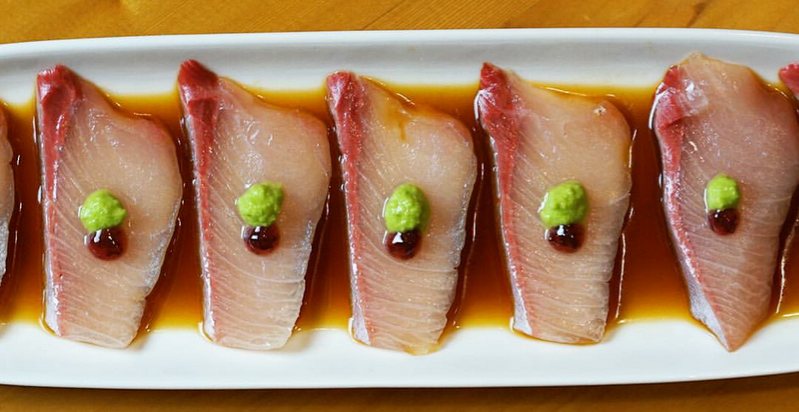
October is a great month for festivals in Japan, both for traditional ones such as the Kenka Matsuri (fighting festival) in Himeji, the Jidai Matsuri in Kyoto, and of course all the Halloween celebrations which get bigger and bigger every year. Kyoto is not only famous for its festivals though, the food is also renowned!
In particular, Kyoto is known for its style of kaiseki ryori – a traditional set meal that was once eaten by aristocrats and is now the epitome of high end dining in modern Japan. Consisting of many small meals, there’s a specific order for the foods to be served in. This order depends on the method of cooking, and how strictly the restaurant sticks to tradition.
As with all set course meals in any culture, the first dish is an appetiser, called sakizuke, bite sized and could consist of either vegetarian or non-vegetarian ingredients. Japan loves the idea of a theme, so the second course of kaiseki will be what tells you what the theme is. Most likely the theme is the season, as so much of Japanese cooking revolves around what foods are available. Hassun, the second course, often consists of several small plates.
Mukozuke is always a course that always consists of a sliced food, so it’s usually a sashimi selection.
Photo: mukozuke is often sashimi
This is then followed by takiawase. Takiawase focuses on vegetables accompanied by meat, fish, or tofu which are simmered. The next course isn’t determined by method of cooking but instead how it is served. Futamono is served in a dish that comes with a lid, so it’s usually a soup but the chef may put anything they like in there.
Yaki means to cook on a grill, so the yakimono course (so far we’re up to number 6, and getting close to half way – have you been counting?) is a grilled dish, most often it’s seasonal fish. At this point, you’ve eaten 6 meals and flavours are probably starting to mix together, so you’ll be served two palate cleansers. First a vinegar based suzakana, and then a small acidic soup, nakachoko. Now it’s time for course 9, and you should be refreshed after all the acid.
Shiizakana is a hot pot style of dish, and can include any type of ingredient as its focus. It is usually substantially bigger than the serving sizes of previous courses. Following this, rich is served with a topping, again depending on the time of year and where you are in Japan, the topping could be anything. Getting close to the finish line, kou no mono is served, a small dish of pickled vegetables.
Tomewan is served purely as a part of Japan’s hospitality. Consisting of plain rice and miso soup, it’s served to guests to make sure they’re definitely not hungry anymore. It’s ok not to eat this if you’re full – if you don’t eat it, it means the restaurant did well! After this offering, dessert is served – it’s usually a very small cake, confectionary or fruit.
Photo: matcha is a popular flavour for both savoury and sweet desserts
In summer you may receive an additional course, served between the two palate cleansers. Hiyashi-bachi is chilled and lightly cooked vegetables.
These set meals can go as high as $500 per person in Japan, but can also be found for much cheaper, and also in the form of bento boxes during lunch.
Chef Azuma from Azuma restaurant gained his foundation in washoku by cooking in traditional hotels in Japan before moving to Australia. For the best Japanese fine dining in Sydney, Washoku Lovers definitely recommends his food!